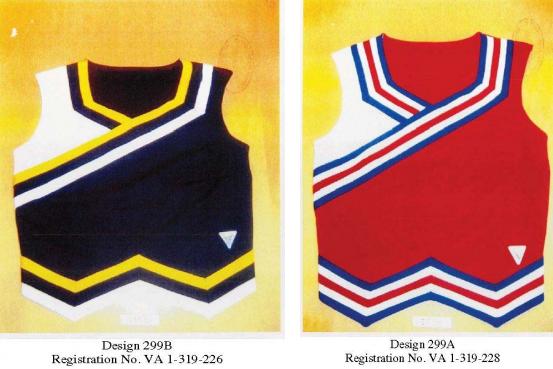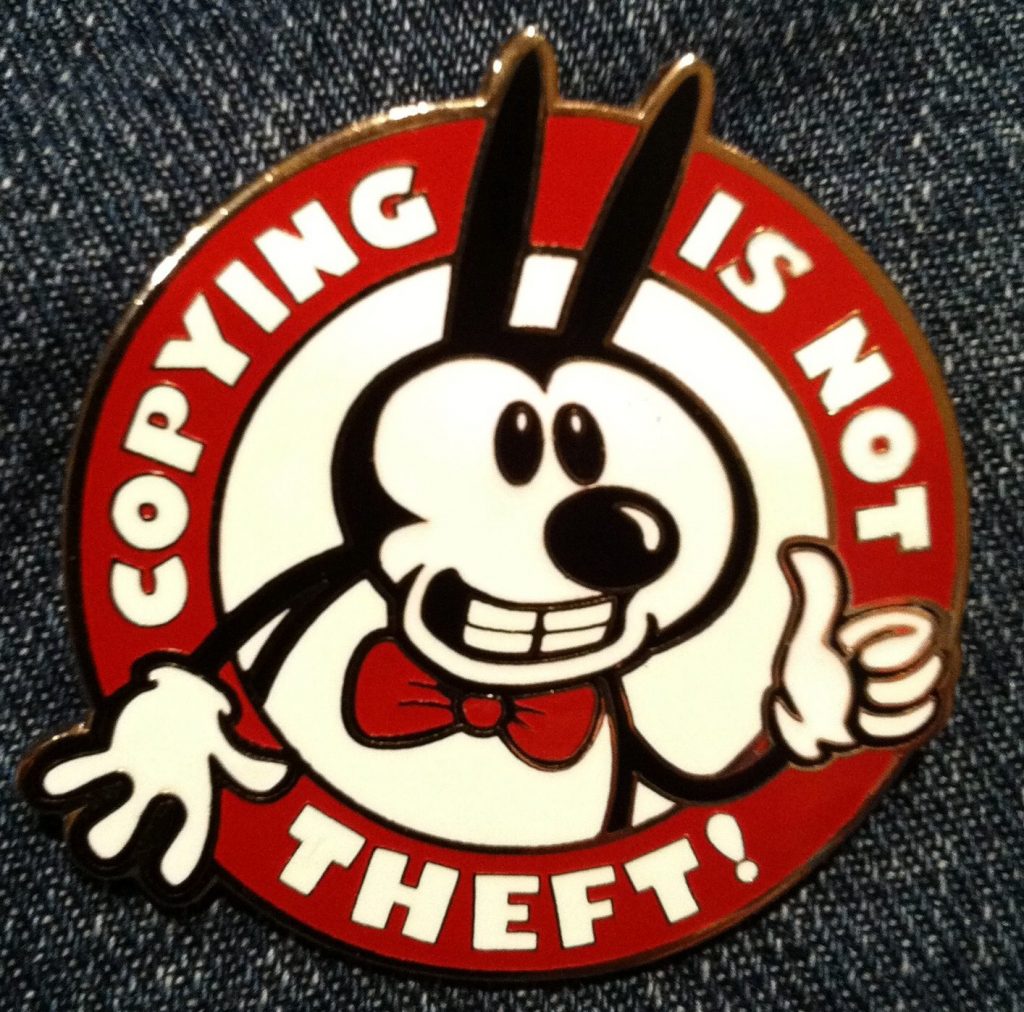On 22nd March 2017, the US Supreme Court judged on a case of copyright law that may have implications for the law over 3D printed objects. The court case is a disagreement between two companies that make cheerleader uniforms, and it has a lot more relevance to 3D designs than you might think.
Michael Weinberg, General Counsel of Shapeways, picked up on the case when it first arose in 2015. Weinberg gives a detailed appraisal of the case and its relevance to 3D printing via a blog post on the company’s website.
Speaking to 3D Printing Industry Paul Banwatt, Chief Operating Officer and General Counsel for Matter and Form, Inc explained, “People involved in 3D printing and scanning should take an interest in clarifying this doctrine because it increases legal certainty for users of 3D technologies.”
The numerous tests to determine severability create uncertainty and this is a problem. In an earlier interview, Weinberg explained, “Big companies have legal departments that can assess that uncertainty and make an informed decision. For many smaller users, uncertainty just means no.”
A case of copyright vs patent protection
In 2015, Varsity Brands accused Star Athletica of copying their cheerleading uniforms bringing a case to sue the company for copyright infringement.

As the articles of clothing are deemed “useful”, i.e. they assist movement, and keep a body warm, the uniforms would typically have to be protected by a patent rather than by copyright.
To link this back to 3D printing – any homewares or practical objects designed for a purpose would in effect need a patent. However the design features of these objects, as with the cheerleading uniforms, do receive some protection under copyright law.
The patent loophole
In the Copyright Act of 1976, “pictorial, graphic, or sculptural features” of the “design of a useful article” can be considered for copyright infringement. In addition, these features must be able to “be identified separately from, and are capable of existing independently of, the utilitarian aspects of the article.” In other words, when a design is separated from the garment, or object, it must be recognizable as, say, an artwork, and therefore creative expression.
And so Star Athletica’s defense has been that the particular designs shared between the two companies are inherent to the uniforms, and essential to purpose. Without these particular chevrons, lines, colors etc. the uniforms could just be any other skirt and top.

Supreme Court ruling: Varsity wins. (But does 3D printing?)
The case of Varsity Brands vs Star Athletica was first decided and filed by the Court of Appeals in August 2015. In this case, counsel ruled in favor of Varsity Brands, stating that the designs are protectable by copyright.
Subsequent ruling from the Supreme Court on March 22, 2017 reaffirms this ruling, further clarifying the grey area between what must be patented, and what is protected under copyright.
Good news for 3D designers?
The full text in the ruling reads as follows:
A feature incorporated into the design of a useful article is eligible for copyright protection only if the feature (1) can be perceived as a two- or three-dimensional work of art separate from the useful article, and (2) would qualify as a protectable pictorial, graphic, or sculptural work—either on its own or fixed in some other tangible medium of expression—if it were imagined separately from the useful article into which it is incorporated.
It defines a line between “utilitarian” and “creative expression”, which is good news in some ways, but may also cause some complications with designs considered remixes of other designs. The most important thing to consider in this case, would be to take individual objects’ copyright permissions into account, and to ask the original designers for permission when unsure.
3D Printing Industry’s editor-in-chief Michael Petch takes a more in-depth look on the concept of IP protection and 3D printing in this article.
Let us know your thoughts on the ruling in the comments below. To stay up to date on such developments in law and how it relates to 3D printing sign up to the 3D Printing Industry newsletter, like us Facebook and follow us on Twitter.
Don’t forget to vote now in the first annual 3D Printing Industry Awards.
Featured image shows Broncos Cheerleaders photo by Daniel Spiess.



